Fyne Audio F500
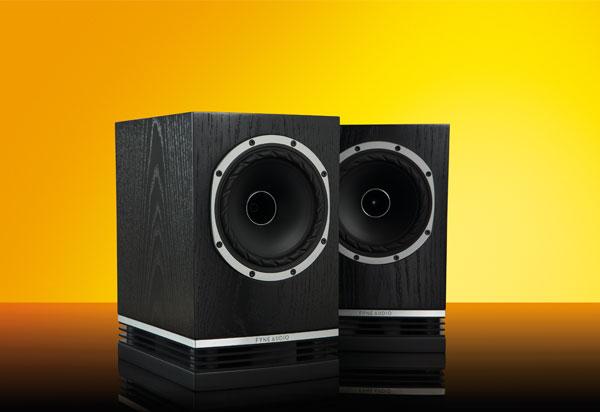
 Starting a new loudspeaker company in a competitive, over-crowded market is a risky business with the very real prospect of suffering the odd misfire or, worse, spluttering to a stall. Fyne Audio hasn’t just kept up the momentum, but made it look easy. Its debut entry-level and midrange F300 and F500 lines are attractive, cannily conceived alternatives to the usual suspects and quickly put the fledgling Scottish brand on the map. That early success has been reinforced with the introduction of significantly more ambitious fare in the shape of the F700 and F1 flagship ranges, first seen at the Munich High End show in 2019. It helps, of course, if your new venture has an experienced crew and, in this case, ex-Tannoy talent has steered the enterprise from the start. You need only to consider this F501 standmount’s IsoFlare single-point driver to appreciate the ‘legacy’ influence we’re dealing with here.
Starting a new loudspeaker company in a competitive, over-crowded market is a risky business with the very real prospect of suffering the odd misfire or, worse, spluttering to a stall. Fyne Audio hasn’t just kept up the momentum, but made it look easy. Its debut entry-level and midrange F300 and F500 lines are attractive, cannily conceived alternatives to the usual suspects and quickly put the fledgling Scottish brand on the map. That early success has been reinforced with the introduction of significantly more ambitious fare in the shape of the F700 and F1 flagship ranges, first seen at the Munich High End show in 2019. It helps, of course, if your new venture has an experienced crew and, in this case, ex-Tannoy talent has steered the enterprise from the start. You need only to consider this F501 standmount’s IsoFlare single-point driver to appreciate the ‘legacy’ influence we’re dealing with here.
So far, we’ve reviewed models from the F300 series range, the £250 F301 standmount (HFC 441) and £600 F303 floorstander (HFC 447), and been impressed by the spry, insightful presentation and distinctive design. The F500 aims higher still. Fyne Audio calls this substantially built standmount “an out and out purist audiophile design”. As such, it features all three elements from Fyne’s proprietary tech portfolio and looks a good deal smarter to boot.
With the magnetically attached grille removed, its gently curved baffle is dominated by a single 150mm IsoFlare driver. The aim with this is to get as close as possible to a point source where the mid/bass driver shares a common centre with the tweeter. This should enable superior stereo imaging, especially off axis, as energy is radiated ‘isotropically’ with constant directivity, consistent with the flared surface of the main driver’s multi-fibre cone. The intended outcome is that sound is produced as if it is emanating from a single point in space.
The driver’s moving parts are built around a rigid cast aluminium chassis, which is good for damping out unwanted vibration and resonance, while the vented rear chamber in the centrally mounted tweeter’s Neodymium magnet is said to place low-frequency resonance well below the crossover region. Addressing potential distortion higher up the frequency range is the tweeter’s rigid titanium dome, which is claimed to push the initial break-up mode well beyond human audibility. The diaphragm sits in a waveguide that has been designed to deliver a flat frequency response and avoid internal reflections.
FyneFlute is the name given to the driver’s unusually contoured, ‘variable geometry’ roll rubber surround, which looks a little like the outer tread of a tractor tyre but is actually designed to provide a non-homogeneous interface as a more effective barrier for the cone’s energy, leading to a cleaner, more precise sound.
The final tech strand, the BassTrax Tractrix diffuser system, refers to the enclosure’s type of bass reflex loading. Rather than have a conventional cylindrical port or ports on the front or back of the box, the F500 uses a downward-firing port in conjunction with a cone-shaped diffuser, the aim being to achieve full 360° dispersion of the wavefront and, with it, better room integration and more placement options. This is especially good news for those with small rooms, claims Fyne, as the sound of the F500 is less influenced by boundary proximity than rivals with rear-firing ports.
Reassuringly weighty, the F500 is also nicely detailed and finished in dark oak or, as supplied, black oak real-wood veneers or piano gloss black or white. There are two sets of binding posts should you wish to bi-wire or bi-amp and they look and feel appropriately up-market.
Sound quality
Taking over from the Revel Concerta2 M16 (HFC 416) in my listening room, I fear for the F500 as the £1,000 American standmount is almost twice the price and can take down speakers costing half as much again. But I needn’t worry. Placed on a 24in Slate Audio stand and hooked up to my Hegel H90 integrated amp (HFC 427) with Audiolab 6000CDT CD transport (HFC 447) and Chord Electronics Hugo 2 DAC (HFC 428) up front, the F500 fights its corner brilliantly and sounds very similar to the exceptionally open, lively and engaging Concerta2 M16.
Much more so than the Revel, the F500 is remarkably sensitive to setup and I play around with toe-in for some time before things begin to gel. This done, the F500 images like a dream, floating solid, three-dimensional images in front, behind and well to the sides of the enclosures, and those in the plane between them are just as well formed and precisely positioned. In this respect it’s better than the more expensive Revel.
I find it lifts the intended impact of all sorts of recordings, from early dense and murky Emerson, Lake & Palmer to Caravan Palace’s studio supercharged Chronologic, not least Leena, the track’s expansion and phase effects bouncing off the walls before the production rolls out a succession of depth-charge synth sweeps to die for.
Or at least they should be. Bass is lean, smooth and tuneful but lacks heft and extension, sapping slam and the kind of foundational weight that gives music a sense of mass. It’s a shame, but means the speaker sounds exceptionally clean, agile and articulate, while the voicing’s mild mid-forward tilt gives vocals great presence and expression. This is never better illustrated than with James Taylor’s remastered The Complete Warner Brothers Albums 1970-1976. Fire And Rain has seldom sounded more gorgeous with Taylor’s voice rich in tone, the accompaniment warm and intimate, and the F500 captures this beautifully.
Moving on to the recently released Rubberband album by Miles Davis, the OTT production values rather overshadow the musical content but it sounds fast and grippy while successfully portraying the structure and timing of the more complex and technical tracks, and thankfully without undue emphasis or exaggeration – which the recording definitely doesn’t require. The speaker’s ability to present music in a naturally flowing, involving way has much to do with its fine driver integration and coherent detail.
Some timing-orientated speakers can focus too fiercely on leading edges to the detriment of body, timbre and the way instrumental sounds decay. The F500 doesn’t fall into that trap. That said, it never misses the opportunity to sound lively and exciting when the material dictates it. Talking of which, the tweeter is quite lively and excitable, too, and can sometimes be too easily heard. But there can be no denying it gives the speaker fine speed and rhythmic impetus. To be honest, the F500 isn’t your typical, meticulously balanced, monitor-neutral standmount, but somehow its maverick tendencies end up being highly musical and, if you’re more into music than hi-fi niceties, they do it no harm at all.
Conclusion
This isn’t really the sort of compact loudspeaker that will find favour with fans of the BBC-designed LS3/5a. Its mid-forward balance isn’t textbook and its bass leanness is, initially, a bit of a let down. It doesn’t stay that way once its myriad musical skills take hold. It can project an expansive soundstage and populate it with solid, 3D images. It can be subtle and seductive. It can lock down a rhythm. Best of all, it makes sense of music, whatever it happens to be. DV
DETAILS
Product: Fyne Audio F500
Price: £600
Origin: Scotland
Type: 2-way standmount loudspeaker
Weight: 7.3kg
Dimensions: (WxHxD) 200 x 325 x 320mm
FEATURES
● 1x 150mm IsoFlare point source driver with 25mm concentric titanium dome tweeter
● BassTrax downward-firing bass reflex port
● Quoted sensitivity: 89dB/1W/1m (8ohm)
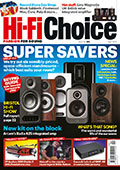 |
Inside this month's issue: Arcam Radia A25 integrated amp, iFi Audio iDSD Diablo 2 DAC/headphone amp, Eversolo DMP-A8 streamer/DAC/preamp, Line Magnetic LM-845IA valve amp, Record Store Day Spring Drop, standmount loudspeaker Group Test and much, much more
|


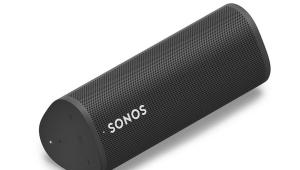
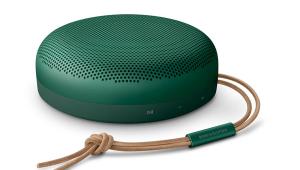
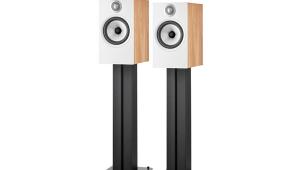
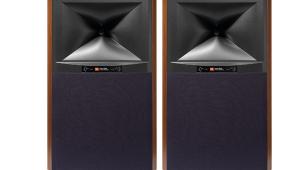

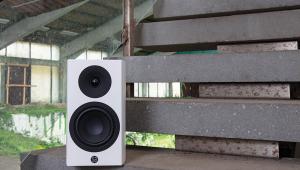
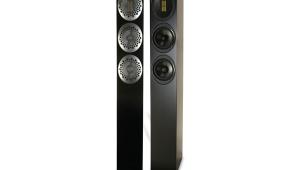
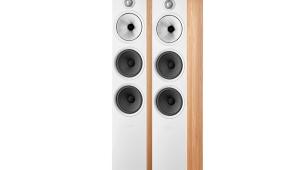
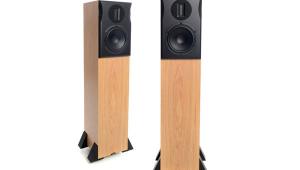
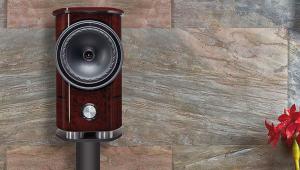
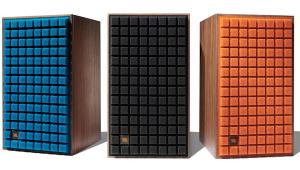
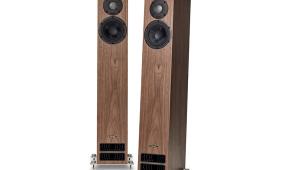
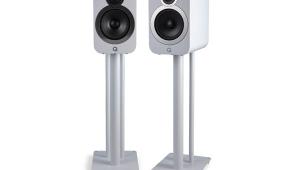
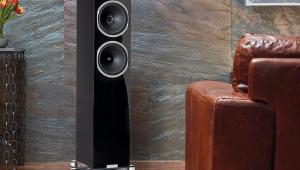
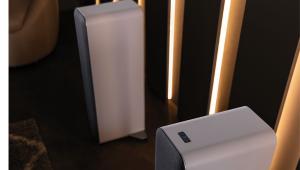
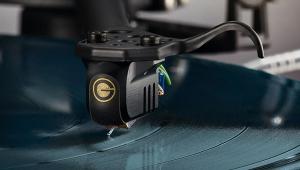

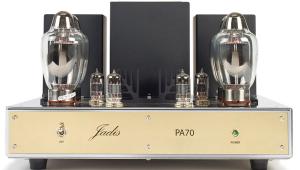
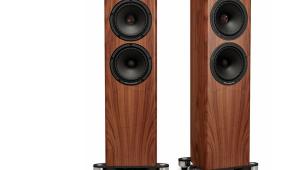
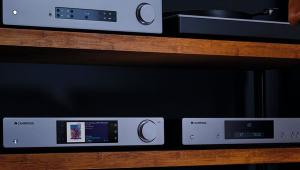
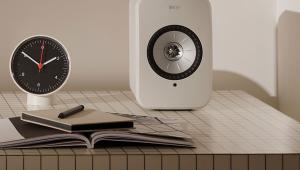
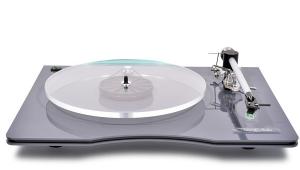
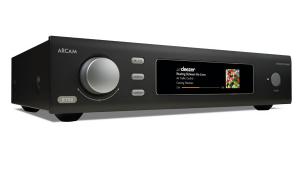

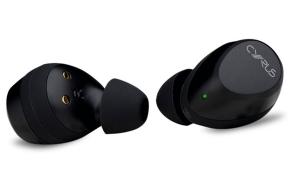
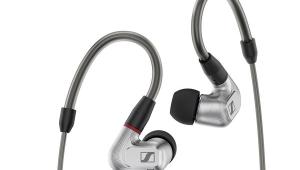
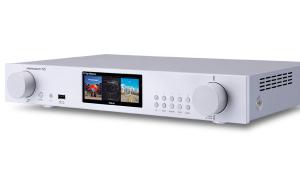
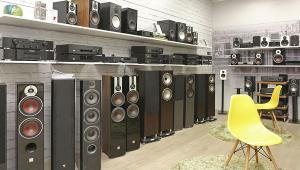
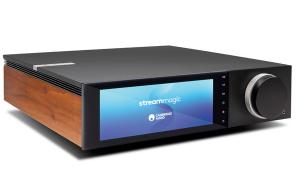
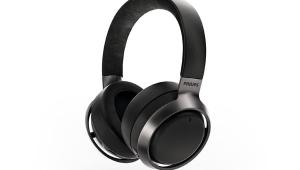

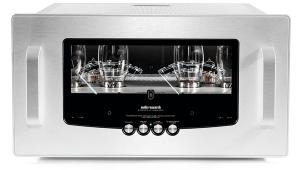
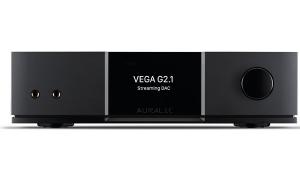
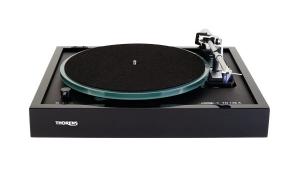
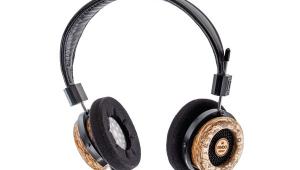
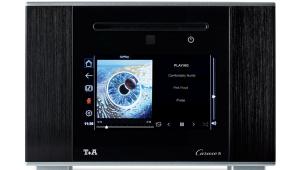
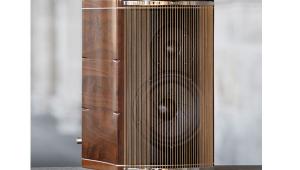
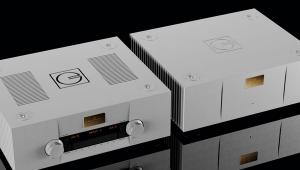
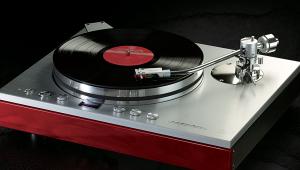
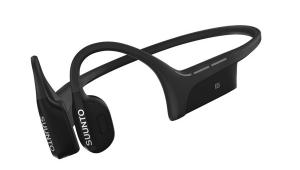
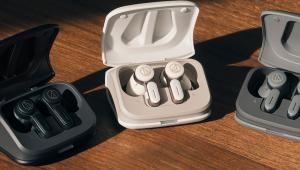
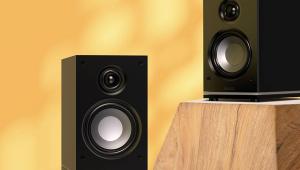
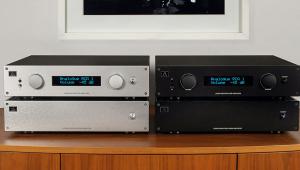
.jpg)



